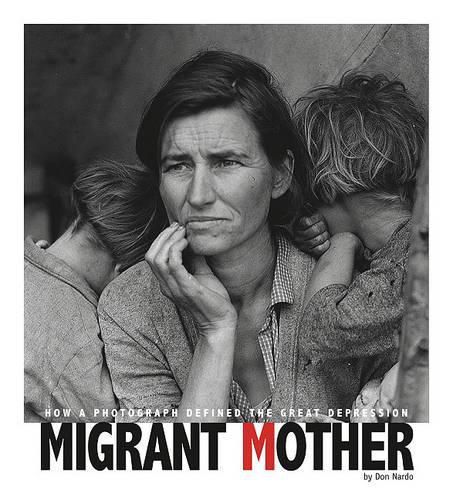Readings Newsletter
Become a Readings Member to make your shopping experience even easier.
Sign in or sign up for free!
You’re not far away from qualifying for FREE standard shipping within Australia
You’ve qualified for FREE standard shipping within Australia
The cart is loading…






In the 1930s, photographer Dorothea Lange traveled the American West documenting the experiences of those devastated by the Great Depression. She wanted to use the power of the image to effect political change, but even she could hardly have expected the effect that a simple portrait of a worn-looking woman and her children would have on history. This image, taken at a migrant workers’ camp in Nipomo, California, would eventually come to be seen as the very symbol of the Depression. The photograph helped reveal the true cost of the disaster on human lives and shocked the U.S. government into providing relief for the millions of other families devastated by the Depression.
$9.00 standard shipping within Australia
FREE standard shipping within Australia for orders over $100.00
Express & International shipping calculated at checkout
In the 1930s, photographer Dorothea Lange traveled the American West documenting the experiences of those devastated by the Great Depression. She wanted to use the power of the image to effect political change, but even she could hardly have expected the effect that a simple portrait of a worn-looking woman and her children would have on history. This image, taken at a migrant workers’ camp in Nipomo, California, would eventually come to be seen as the very symbol of the Depression. The photograph helped reveal the true cost of the disaster on human lives and shocked the U.S. government into providing relief for the millions of other families devastated by the Depression.